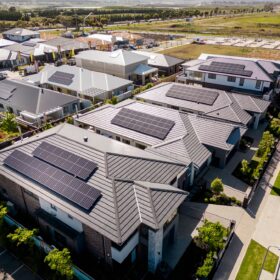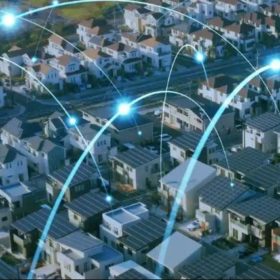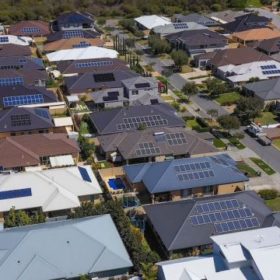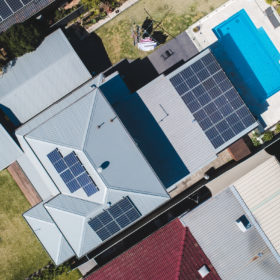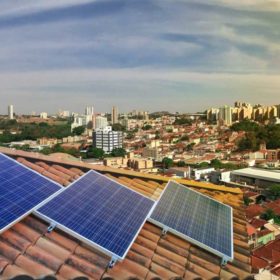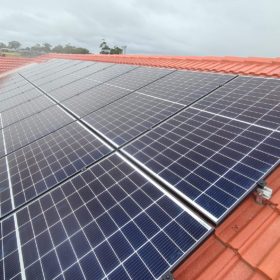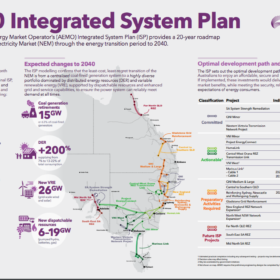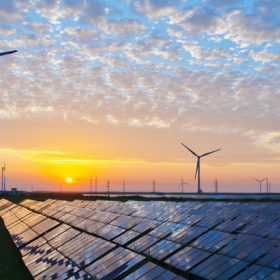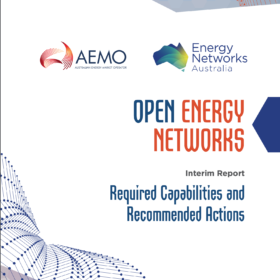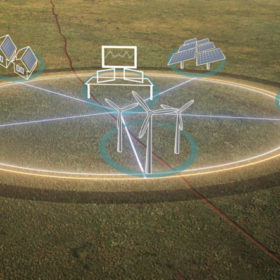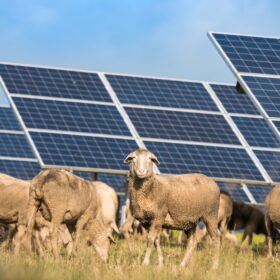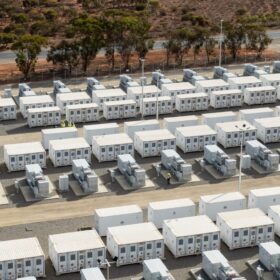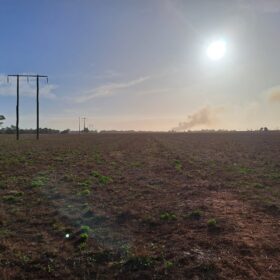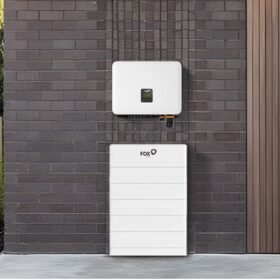One quiet change is about to let you export much more solar
Australia has more solar panels per person than anywhere else in the world. One in three houses now has rooftop solar. Our grid operators are working hard to adjust to a new reality where the collective output of rooftop solar is one of our largest sources of power.
SwitchDin to share Australian lessons with US-based VPP body
Energy management software company SwitchDin will share lessons learned during Australia’s ongoing transition to a two-way power grid with counterparts in the United States after teaming with a coalition of companies to scale up the use of virtual power plants.
EleXsys targets rooftop solar increase with trial of next-gen technology
Queensland company eleXsys Energy has secured more than $450,000 to help finance a trial of next-generation technology designed to manage grid stability in low voltage areas, potentially allowing for an increase in the amount of distributed energy resources, including rooftop solar, that can be connected to the grid.
New rules revealed as AEMC aims to transform network into ‘two-way super-highway’
The Australian Energy Market Commission has retained a controversial two-way pricing mechanism in its finalised reforms package which has been designed to better integrate distributed energy resources, such as rooftop solar PV, batteries and electric vehicles into the grid, and transform it into a “two-way super-highway where energy flows in both directions”.
Deciding our distributed energy future
The debate around the regulatory reform of distributed energy resources will help decide the future direction of Australia’s electricity system.
Consumers look at off-grid options amid talk of tariffs
Solar module manufacturer Q Cells Australia has revealed a growing number of residential customers are contemplating exiting the grid entirely as policy makers grapple with how to integrate increasing amounts of small-scale renewable energy technologies like rooftop solar PV and batteries into the electricity grid.
AEMO’s 2020 ISP: A roadmap to the world’s fastest energy transition
If it was designed with a focus on reliability, security and the lowest cost for consumers, Australia’s main electricity grid would see periods in which nearly 90% of demand is met by renewable generation. A diverse portfolio of distributed energy resources and large-scale solar and wind generation supported mainly by pumped hydro and batteries would ensure the least-cost transition as the nation’s coal plants retire. Adequate investment in transmission infrastructure will be instrumental in making this a reality.
With AEMO consultations and amendments complete — let ISP 2019-20 begin!
The conclusion of AEMO’s 2019 planning and forecasting consultation brings revised approaches to the 2019-20 Integrated System Plan: three new renewable energy zones reflect resource and generator interest; the forecasting of distributed energy resources has been reframed; and a fifth and critical planning scenario has emerged.
Blueprint for Australia’s new two-way energy system confers $1 billion in consumer benefits
A joint report released today by AEMO and Energy Networks Australia confirms that managing Australia’s growing distributed energy resources presents an extraordinary opportunity, which could result in $100 billion in savings in network infrastructure and $1 billion in benefits across the energy-consumer landscape.
AEMO’s VPP integration trial, decentralized energy exchange secure funding
The Australian Renewable Energy Agency (ARENA) will underpin two innovative distributed energy projects – a trial to integrate a virtual power plant into the National Energy Market and a digital marketplace for grid services provided by rooftop solar arrays, batteries and EVs owned by Australian homes and businesses.
